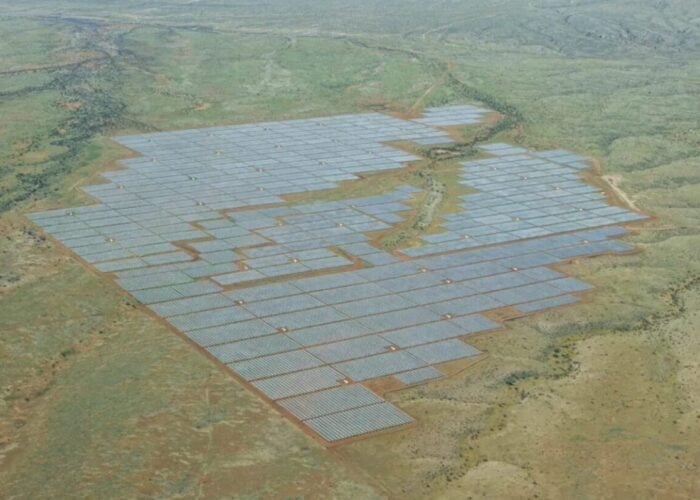By 2020, solar PV will be “cost-competitive with retail electricity prices in a significant portion of the world”, clean technology market consulting and research firm Navigant Research has found.
According to Navigant’s latest report, ‘Distributed SolarPV’, which forecasts PV capacity and revenues globally up to 2024, the technology will make more than US$151 billion in annual revenues by that year.
Unlock unlimited access for 12 whole months of distinctive global analysis
Photovoltaics International is now included.
- Regular insight and analysis of the industry’s biggest developments
- In-depth interviews with the industry’s leading figures
- Unlimited digital access to the PV Tech Power journal catalogue
- Unlimited digital access to the Photovoltaics International journal catalogue
- Access to more than 1,000 technical papers
- Discounts on Solar Media’s portfolio of events, in-person and virtual
A senior research analyst from Navigant, Roberto Rodriguez Labastida, said distributed PV is continuing on its path of becoming a cost-competitive form of energy, and is less often seen now as a premium product deployed for environmentally conscious or feed-in tariff driven motives. From being a high-cost subsidy-dependent technology, the report found, the growing PV market has the “potential to displace other energy technologies”.
“The successful adoption of new business models is expected to continue to further drive the industry in its transition to a post-incentive world in most major markets,” Labastida said.
According to the Distributed SolarPV report, growth opportunities available to the industry’s leading companies over the next 10 years will see increased and more intense competition, as the market further globalises. As might be expected, Navigant says, this is likely to lead to further vertical integration and increased mergers and acquisitons (M&A) activities.
The report examines the global PV market not just in terms of how much solar is installed or will be installed across the world, with a particular focus on a number of select countries, over the next 10 years, but also how much of that will be distributed (defined as <1MW) and how much will be non-distributed, or centralised generation (>1MW).
Among other things, Navigant also looked at the likely effects of the US’ Investment Tax Credit (ITC) scheme being tailed off and then expiring over the next two years as planned, and also whether key countries with “ambitious” green energy targets will be successful in meeting them.






